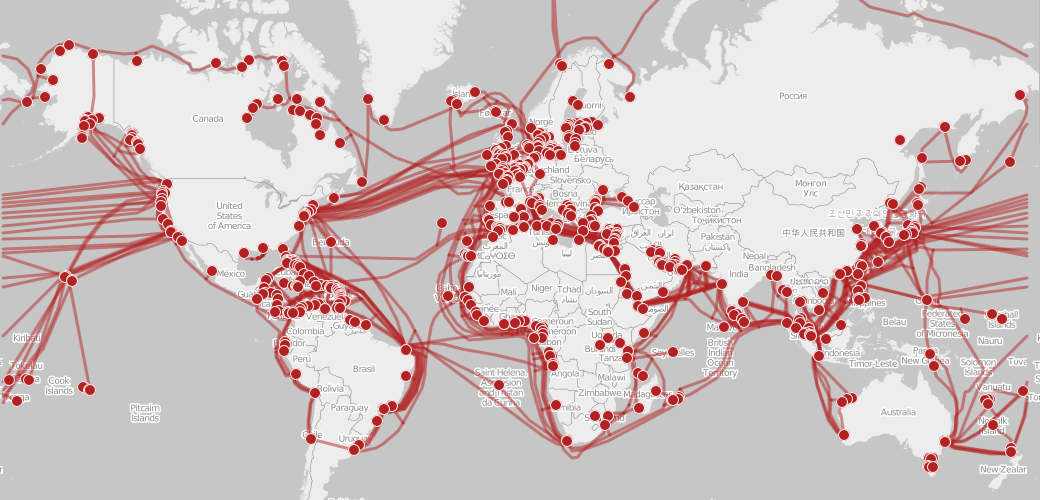1. Installation
Installations of sea floor fibre optic cables are not only a slow and tedious process, but they are also expensive. These installations are more than just a matter of laying cables as the boats move along a these cables run for hundreds of thousands of miles at the bottom of the ocean which can be so deep that if we were to put Mount Everest in some of these places, it would be entirely submerged. These cables are also required to be laid on flat surfaces for the most part and thus, cable layers have to take precautionary measures to avoid coral reefs, sunken ships, ecological spheres and any other obstructions.
2. Sharks
Sharks are attracted to these cables and scientists and researchers have yet to figure out exactly why. Due to this reason, these cables vary in diameter and have different protective shielding as in some areas where sharks commonly chew up the internet; these cables are ‘shark proofed’. In
Source (2): http://blogs.discovermagazine.com/d-brief/2014/08/15/sharks-chomping-underwater-fiber-optic-cables/#.XH6Ht6CE6po
3. Human Generated Disruptions
As vulnerable as these cables are on land when a bulldozer accidently digs up these cables causing an Internet black out over a vast geographical area, the same happens on the seabed when ship anchors, trawlers and submarines accidently snag these cables which could disrupt the internet for the entire continent.
4. Spying
Underwater transmission cables are ‘hotspots’ for spying on your neighbour. The United States being the biggest culprits, practically tapped most of these cables which was only found out after the Snowden incident. Since then, countries have started to consider their options of laying separate seafloor cables that avoid intertwining with American cables and at the same time avoid using American companies or companies that have links to American contractors to stay out of the American ‘convenient spying zone’.
5. Why cables when we have satellites?
Well, for one, most people think that satellites are fast and efficient and cables are draggy and cumbersome and unreliable when in actual fact the opposite is true. Cables especially Fibre Optics, are able to send and receive data at almost the speed of light, whilst satellite transmission suffers from bit-loss and latency issues. Now you are probably wondering what bit-loss and latency is, well to put it simply, latency is the delay that occurs during transmission which means that it takes longer for data to travel from one node to another. Bit-loss on the other hand is basically ‘losing data’ in a very tiny amount which would corrupt the entire data packet.
Well, for one, most people think that satellites are fast and efficient and cables are draggy and cumbersome and unreliable when in actual fact the opposite is true. Cables especially Fibre Optics, are able to send and receive data at almost the speed of light, whilst satellite transmission suffers from bit-loss and latency issues. Now you are probably wondering what bit-loss and latency











